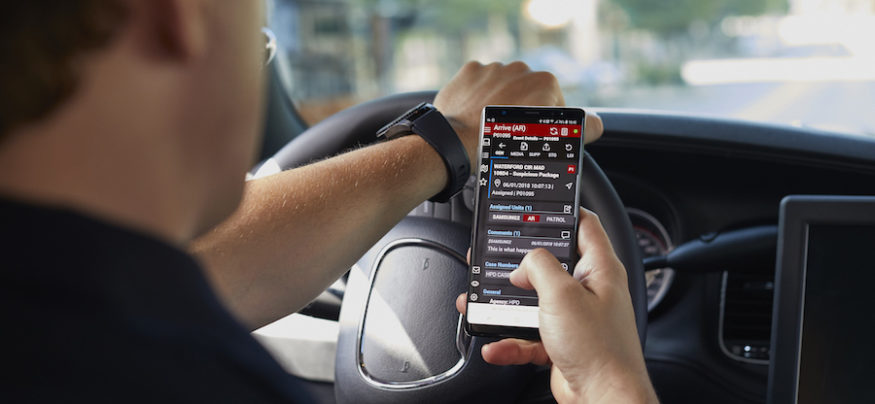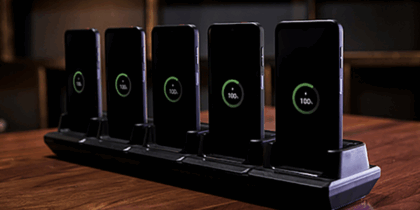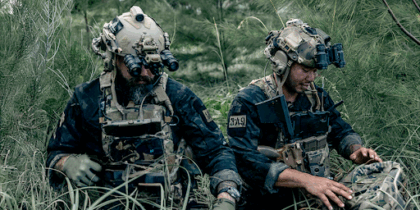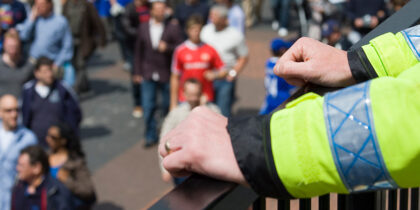Communication is something we take for granted. We are used to reaching anyone we need to, wherever they are, whenever we want. But when communication breaks down among public safety agencies, it can cause serious problems — especially in high-stakes situations.
Samsung and other service providers are working with governments around the world to build public safety-specific LTE (PS-LTE) networks that will give all agencies a standardized, persistent way of connecting and communicating — both with their own team members and first responders from other agencies. This standardized, broadband, LTE wireless communications network for public service agencies will solve urgent communication challenges that today include non-uniform tools, overloaded phone lines, antiquated approaches to information sharing, and many other complications.
The Benefits of PS-LTE
Having reliable, priority access to a wireless communications network is the most obvious benefit of PS-LTE, but it is also about allowing agencies to transition to modern mobile-based work. First responders will have full access to broadband data, allowing the introduction of new mobile applications for everything from evidence collection, to e-citations and SOS alerts that notify dispatch of the location of an officer via GPS. Persistent access to record management, databases and smart analytics will lead to more efficient policing, coordinated life-saving efforts and crime solving.
More than 39 countries are currently in the process of implementing dedicated public safety networks, including the United States, South Korea and the United Kingdom.
Today, most first response agencies use land mobile radio to communicate with their own dispatch, command staff and team members. But with a variety of land mobile radio technologies in use, agencies aren’t always able to communicate with each other.
PS-LTE removes these barriers, enabling first responders to use a uniform communication method that is also highly reliable. Civilian phone traffic is not allowed on public-safety-specific networks — equally important for those times when a sporting event or an emergency situation can send phone usage sky-high.
It also enables faster data transfer, which can have far-reaching effects on first response procedures. For example, the ability for responders to share photos and videos using connected mobile devices can help command staff better understand the situation in the field and make more informed decisions.
Simply put, having a dedicated public safety network will bring first responders into the modern era of communication by giving them an experience that aligns with the consumer platforms and devices they already use in their personal lives.
PS-LTE in Action
Imagine a situation where a local police department receives a call at dawn from a concerned citizen whose teenage daughter has not returned from visiting a friend in a nearby town, which happens to be across state lines.
The local police move quickly to mobilize county and state-level agencies, as well as working with local and county police in the town she was visiting.
As the investigation progresses and the search begin, normally these first responders would rely on walkie-talkies to communicate. But if search agents end up on different bands or frequencies, it might stall or even debilitate their efforts, leading to a communication breakdown that, in an emergency situation, could result in tragedy.
With a dedicated public service network, this stops being a challenge. Teams can use smartphones with push-to-talk capabilities, much as they would walkie-talkies, but without the drawbacks of that aging technology.
Mobilizing Law Enforcement
Plan and implement a mobile initiative at your agency with this practical roadmap. Download Now
Where We Go from Here
First responders and governments around the world are excited about the implications of a public safety network, but making it a reality takes a massive, collaborative effort among network operators, governments, first response agencies and device manufacturers. And in the US, efforts are underway to get PS-LTE up and running across the country.
In the United Kingdom, 250,000 emergency service workers across departments are being outfitted with Samsung devices that provide push-to-talk capabilities, with a more widespread rollout to follow. Though PS-LTE has not yet been deployed in the UK, these devices ensure service workers will be equipped to take full advantage once it goes live.
If you are part of a first response agency and wondering how you can get involved, reach out to your local leadership to learn about upcoming programs in your area. Begin preparing your department for some of the procedural updates and opportunities a public safety network will bring. And get to know the devices available to help your team take advantage of the network once it is here. Chances are you will not shift exclusively to this type of communication right away, but rather integrate it with your other tool sets.
The more you can prepare in advance, the quicker and smoother your PS-LTE launch will be. So start your research now and be ready to do what you do best — respond quickly and effectively when the right time comes.
Stay tuned to our website for the latest updates and advances in public safety technology.









